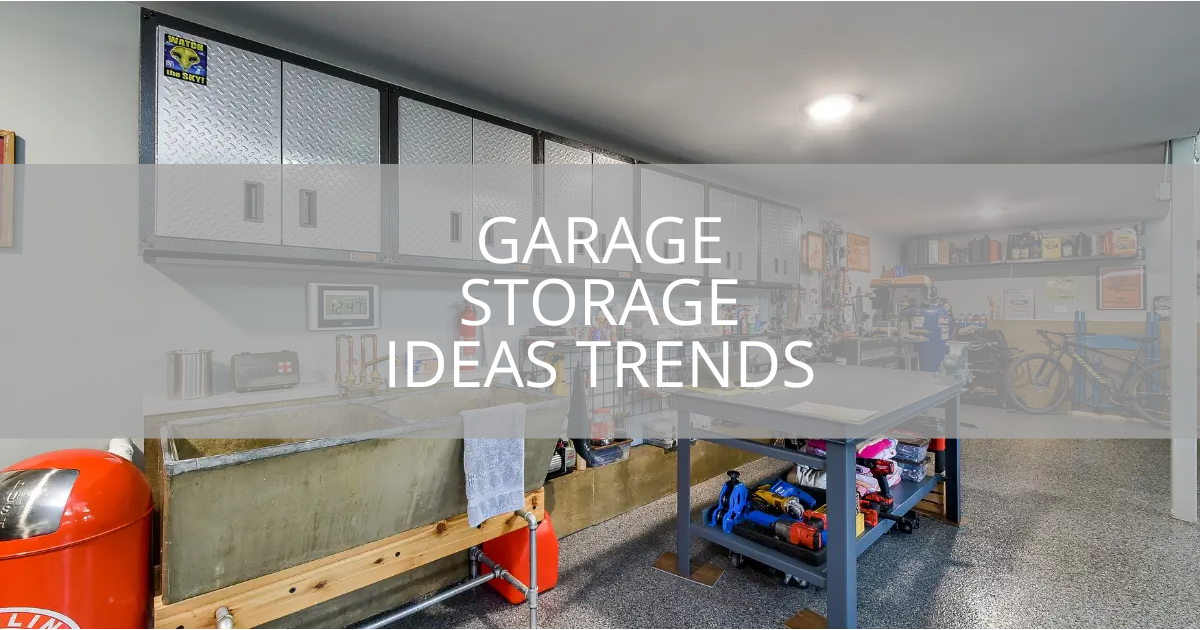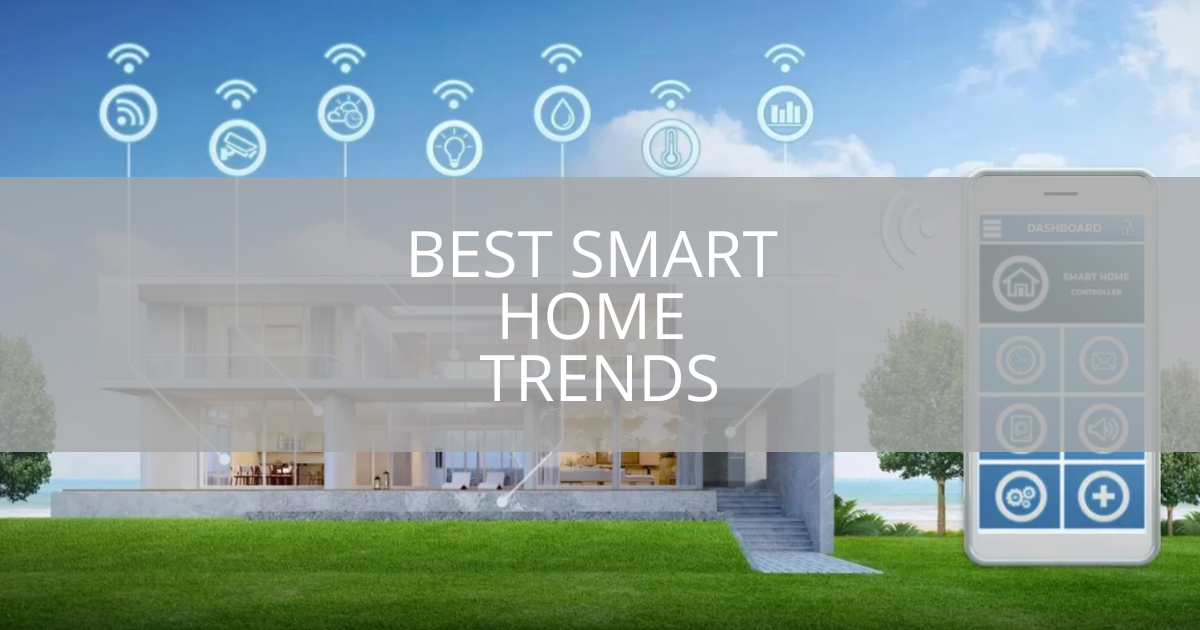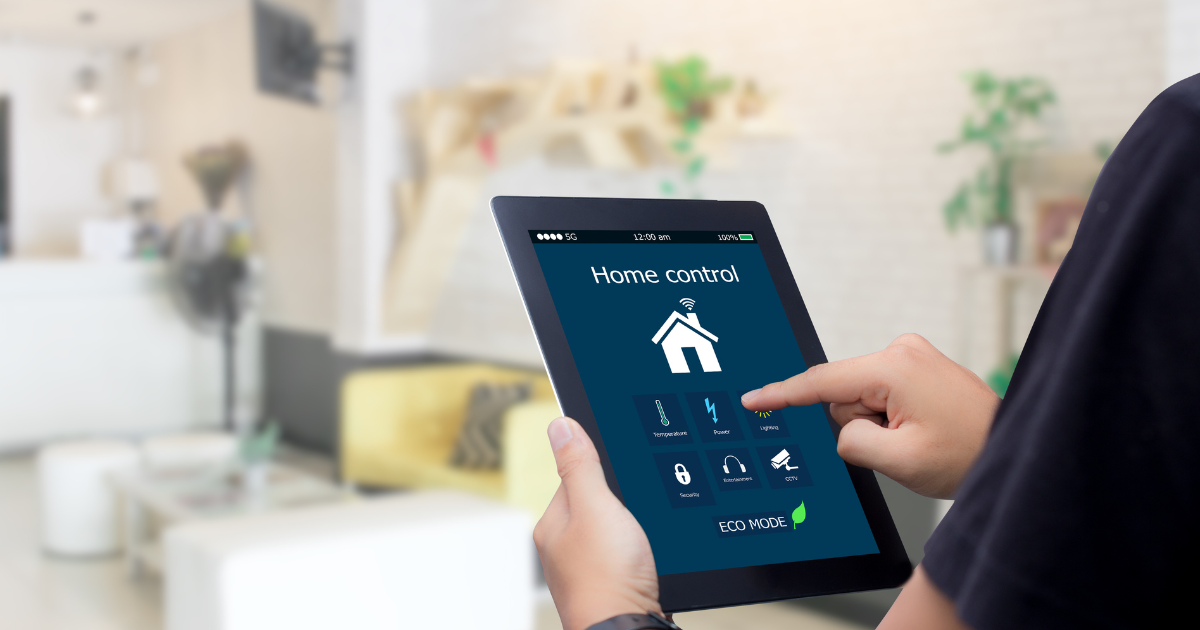
As the combination of artificial intelligence (AI) and the Internet of Things (IoT) continues to reshape our homes, 2024 has introduced a surprising array of smart appliances that not only improve convenience but also the quality of life.
These gadgets, which include advanced technology, are shaping the future of domestic life in plenty of ways, including kitchen efficiency and laundry care, as well as home security and environmental management. This comprehensive guide goes into the creative features, advantages, and uses of each smart appliance trending in 2024.
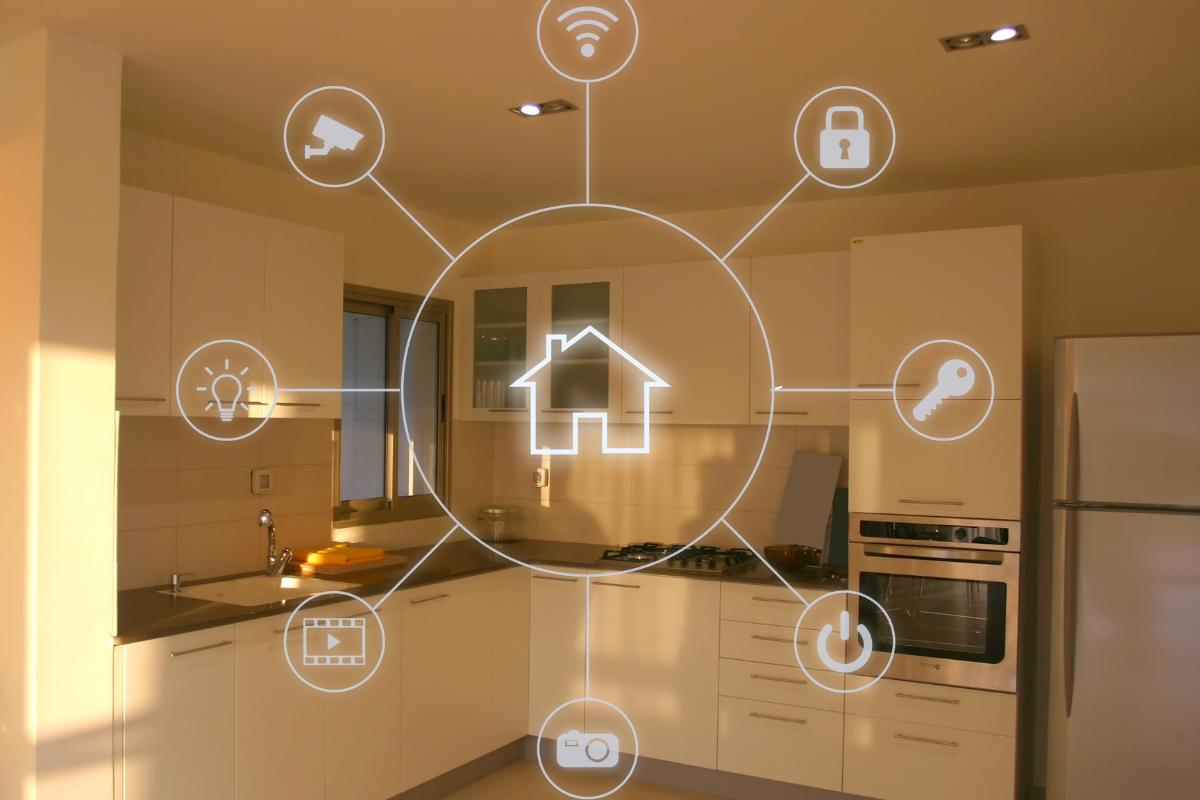
Advanced Smart Kitchen Appliances
1.AI-Integrated Ovens: Whirlpool Smart Oven
Have you ever wished your oven could detect when your chicken is properly roasted or your cookies are just the right amount of gooey? Say hello to the future with the Whirlpool Smart Oven. This isn’t your typical oven; it’s like having a little chef inside who understands precisely what’s cooking and how to prepare it correctly. With built-in AI, this oven senses what you’re cooking and automatically changes the temperature and cooking time.
You forgot to check on the dish because you were too preoccupied with your favorite program? Don’t worry. You can monitor the process on your phone and even change the settings from the comfort of your own sofa. Furthermore, it learns your cooking habits over time, becoming wiser and more in touch with your preferences. It’s ideal for those of us who like to avoid cooking mishaps and instead enjoy flawlessly prepared meals every time. So, whether you’re a beginner or an experienced cook, this smart oven is ready to become your new best friend in the kitchen.
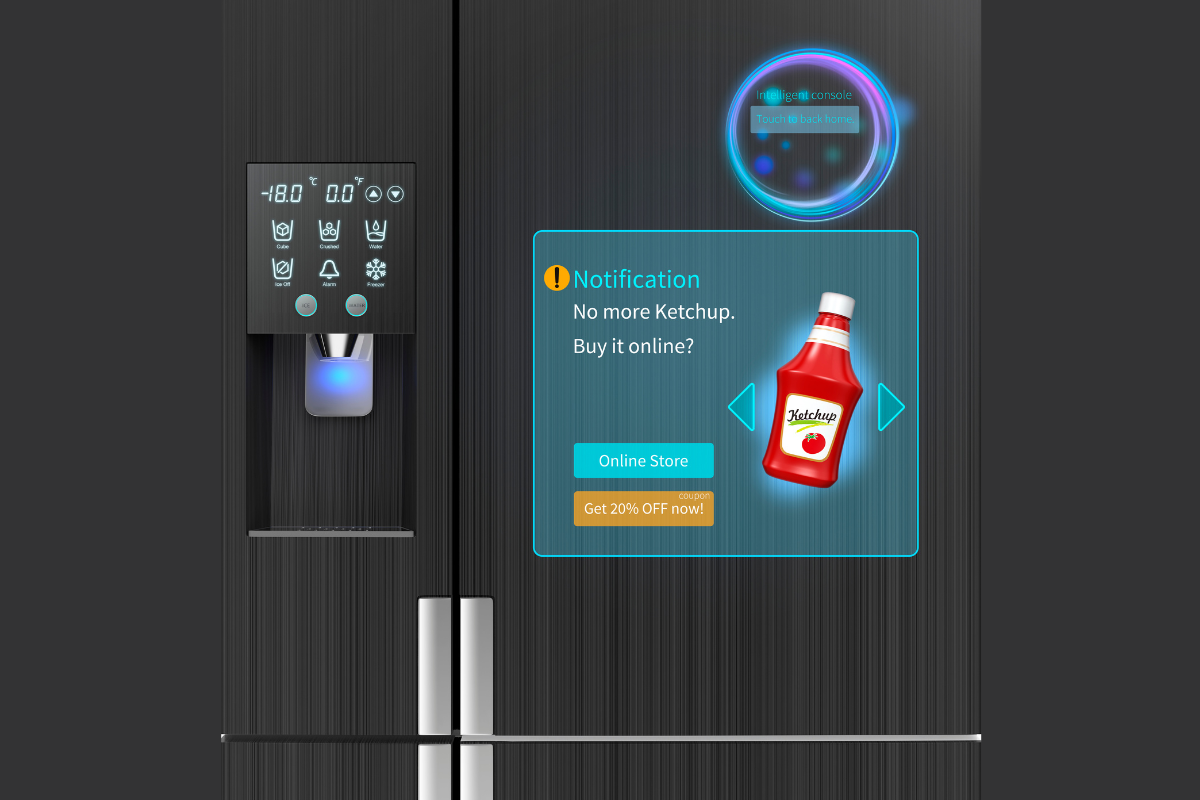
2. Interactive Smart Refrigerators: Samsung Family Hub
Have you ever imagined having a fridge that is more of a kitchen companion than a cold box? Introducing the Samsung Family Hub Refrigerator. It’s the Swiss Army knife of refrigerators, capable of much more than keeping your vegetables fresh and your beverages cool. Consider this scenario: You’re in the grocery store, scratching your head, trying to recall whether you’re out of milk. Not a problem! Simply use your smartphone to remotely access your fridge’s built-in cameras.
But wait—there’s more! This refrigerator features a touchscreen that seems like a huge tablet mounted directly on the door. You may play music, show family photographs, manage your calendar, and even mirror your TV. Planning a dinner? It will propose recipes depending on what’s inside. It’s similar to having a personal assistant who specializes in your cooking needs.
So, whether you like being organized or just dislike discovering bad food at the back of your fridge, the Family Hub is here to make your kitchen life a lot simpler and more enjoyable.
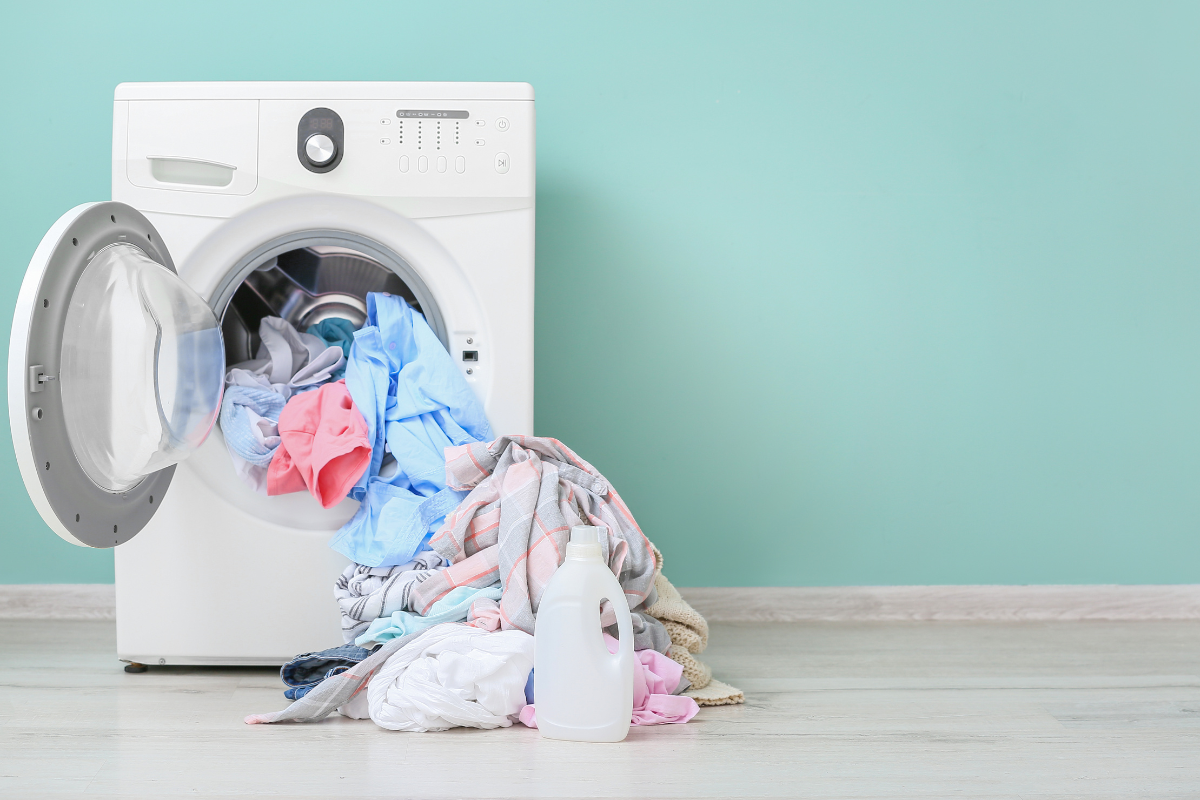
Laundry and Cleaning
3. AI-Powered Washing Machines: LG WashTower
The LG WashTower eliminates the guesswork associated with laundry day. This is more than just a washing machine; it will save you time on laundry day. Consider a machine so intelligent that it understands just how soiled your pants are or how delicate your new sweater is. The WashTower employs artificial intelligence to determine the best method to wash your clothing based on the fabric type, load size, and amount of grime.
What’s even cooler? It automatically selects the best wash cycle, so everything comes out looking pristine with no additional effort. And if you’ve ever shrunk a shirt because you guessed incorrectly on the dryer settings, you’ll like this: the WashTower connects with its dryer counterpart to choose the best drying cycle depending on how your clothes were washed—no more guessing, no more fashion catastrophes.
Whether you’re a busy mom with a mountain of children’s clothing or just want to take better care of your wardrobe, this AI-powered washing machine makes laundry a breeze rather than a pain. Laundry day might become your favorite day of the week!
4. Robot Vacuum Cleaners: Roomba i7+
Meet your new cleaning companion, the Robot Vacuum Cleaner. Forget about hauling that ancient, hefty vacuum around on a Saturday morning. This tiny man performs all the hard work for you without complaining or taking breaks! Simply put it up and let it go to work on dirt and pet hair while you relax or go out for coffee.
What's great about these robot vacuums is how they navigate your house using smart technology that allows them to avoid furniture, stairs, and even remember the best path for next time. Got a no-go zone? Simply instruct your vacuum where not to go, and it will listen. It's like having a little, obedient pet that enjoys cleaning.
When it's finished or its battery runs low, it automatically returns to its charging station—no need to raise a finger. Whether you have a little apartment or a large home, a robot vacuum cleaner may make cleaning your floors much simpler and more modern. Say welcome to daily, hassle-free floor cleaning!
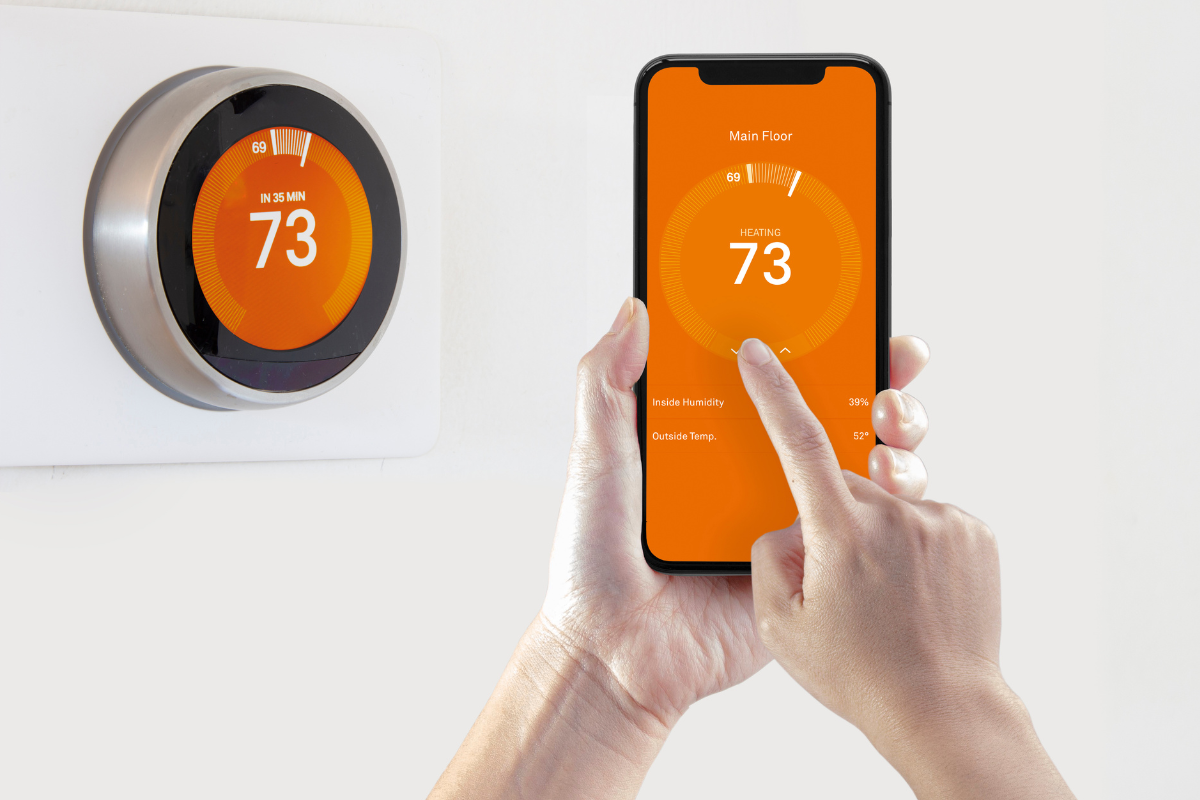
Home Comfort and Management
5. Smart thermostats: Nest Learning Thermostat
Consider a thermostat that automatically changes the temperature in your house to your preferred level. This is what the Nest Learning Thermostat can do for you. It's not just smart; it's like a mind reader for your convenience. It starts by paying attention to how and when you modify the temperature, understanding your preferences and creating the ideal timetable.
Cold mornings? It will warm up your space just before you get out of bed. Going out? It shuts down to conserve energy. And if you're arriving home earlier than normal, just notify it via your smartphone, and it'll make sure your area is warm from the minute you walk in the door.
But it's more than simply comfort. This clever little device also displays you how much energy you use on a daily basis and advises methods to save money on your power bills. It's like having a small, energy-conscious companion on your wall.
The Nest Learning Thermostat is a game changer for anybody who wants to make their home smarter, more comfortable, and more energy-efficient with no effort. It's practical, stylish, and really ingenious; your temperature control will never be the same!
6. Smart Lighting Systems: Philips Hue
Are you ready to view your property in a new light? Philips Hue Smart Lighting Systems are here to help make it happen. It's not just about turning lights on and off. Consider changing the atmosphere of your space with a single touch on your smartphone or a simple voice command. Are you feeling relaxed? Set a beautiful sunset hue. Throwing a party? Switch to brilliant, colorful visuals that move to the rhythm of the music.
What's better is creating routines for your lighting. Wake up naturally with lights that gradually brighten, similar to a sunrise. Alternatively, set your lights to decrease automatically as evening approaches, allowing you to relax for the night. What happens while you're away? Set them to turn on and off at random to make it seem that someone is home while keeping things secure.
Philips Hue seamlessly connects with most smart home systems, making it simple to sync with other devices. Furthermore, it's not simply bulbs. They have lamps, strip lights, and even outdoor lighting choices to help you decorate your environment.
Whether you're a tech geek or just want to create the right atmosphere for any event, Philips Hue makes it easy, entertaining, and completely customizable. With only a few clicks, you can transform the lighting in your house from ordinary to exceptional!
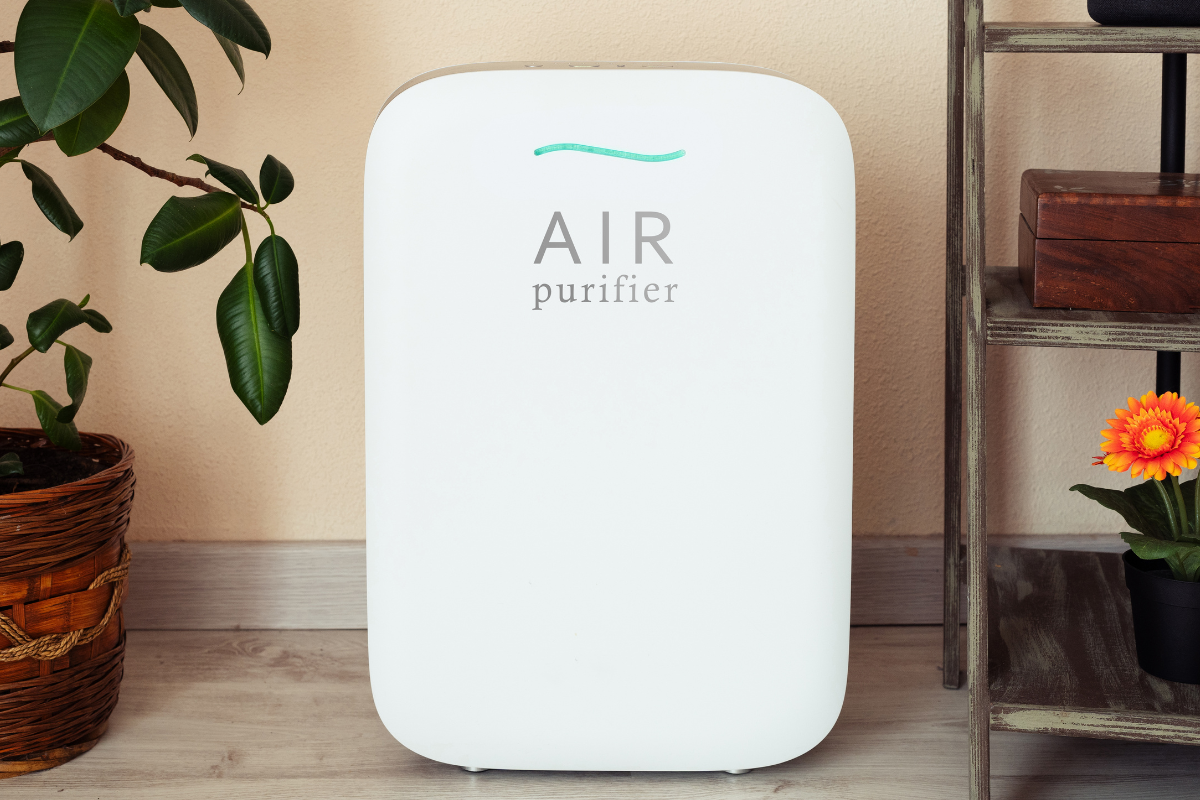
Health & Wellbeing
7. Advanced Air Purifiers: Dyson Pure Cool
Relax and let your air purifier do the hard work when it comes to cleaning your area. Advanced air purifiers are more than simply fans with filters; they serve as personal air quality guards. They are outfitted with HEPA filters that capture everything from dust to pollen to annoying pet dander particles, ensuring that the air you breathe inside is fresh and clean.
These purifiers do more than simply run quietly in the background; they're also smart. Many models link to your phone and provide real-time data on air quality and filter condition. While you're out and about, adjust the settings from your sofa or monitor the air quality. Some even learn your patterns and change their cleaning power depending on whether you're at home or away, increasing efficiency.
These purifiers are ideal for allergy sufferers or anybody living in metropolitan areas where air quality may be unpredictable. They work relentlessly to eliminate impurities and smells, transforming your house into a haven of fresh air. And, with elegant designs that complement any décor, they're not only utilitarian but also attractive additions to your home.
So, if you want to regulate your indoor air quality and breathe more easily, a sophisticated air purifier is the way to go. Are you ready to clear the air?
8. Smart Fitness Equipment: Peloton Bike
Start your fitness journey with smart exercise equipment intended to serve as your personal trainer at home. The days of winging it during exercises or feeling disoriented in the absence of a trainer are over. This equipment, such as the ever-popular Peloton Bike, transports the excitement of a studio class into your living room.
Imagine getting on your bike and being met by an enthusiastic teacher who is eager to push you through a heart-pounding workout. The touchscreen not only shows live lessons but also monitors your performance numbers in real time, providing added encouragement to achieve your personal best. And it's not just cycling; treadmills and rowing machines have comparable characteristics.
What's so awesome? You may compete against friends, join live classes, or explore a wide library of on-demand exercises customized to your fitness level and objectives. It's like having a gym membership without the commute or the crowds.
Whether you're a beginner or an experienced athlete, smart fitness equipment adjusts to your speed and preferences, making your home training experience more customized, engaging, and enjoyable. Prepare to sweat, grind, and repeat!
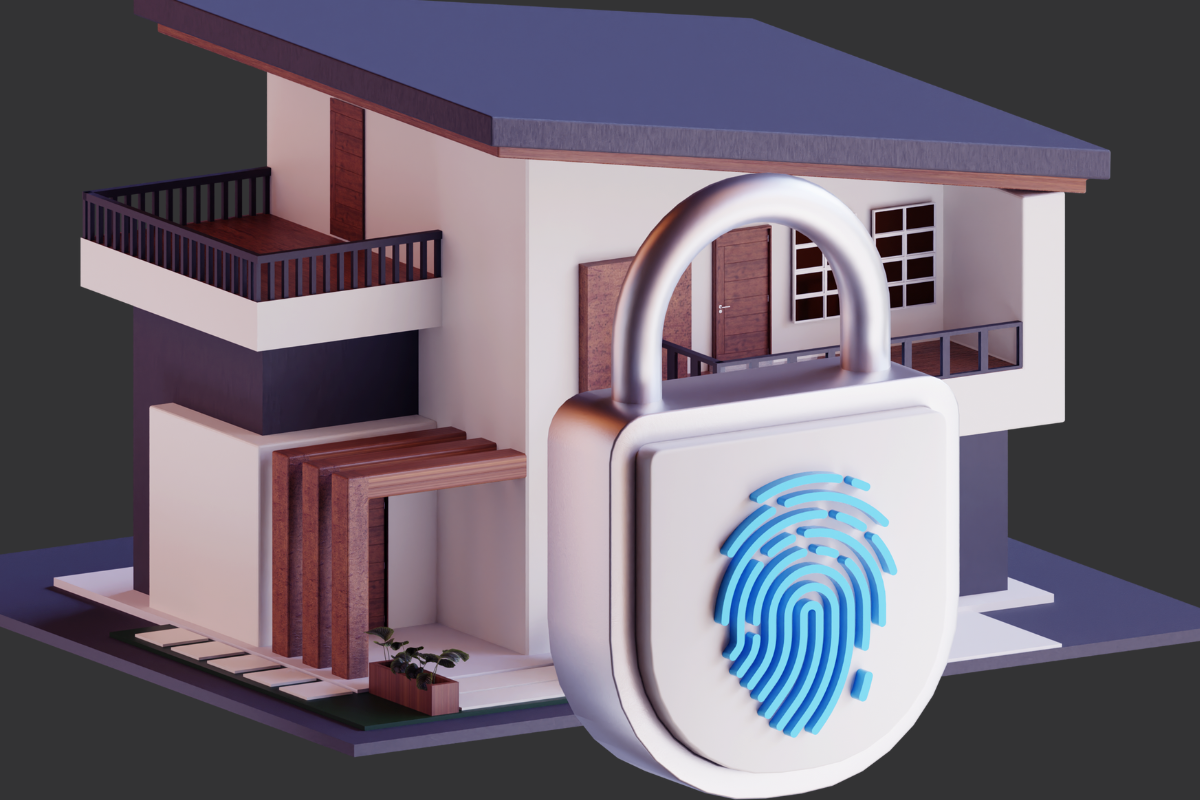
Security & Safety
9. Smart Security Systems: Ring Alarm Pro
Keeping your house secure should be simple, and smart security systems make it even easier. Forget about complex settings and clumsy user interfaces; today's systems are designed to make your life easier while also increasing the security of your house. Take the Ring Alarm Pro as an example. It's similar to having your own security guard who is constantly on duty, but far less intrusive.
It's simple to set up, with no drilling or wiring required. Once it's up and running, you can manage anything using your smartphone, whether you're in bed or halfway across the globe. Receive fast notifications if anything goes wrong, and see live video at any time, from any location.
What's even cooler is the versatility. Looking to add extra cameras? A smoke detector? Smart locks? Not an issue. It's completely plug-and-play and works flawlessly. And if you are unable to respond to an alarm, expert monitoring services are accessible 24 hours a day, seven days a week.
Whether you want to dissuade porch pirates or just keep an eye on things while you're away, a smart security system provides peace of mind without any bother. It's smart and easy security at your fingertips.
10. Smart Smoke and CO Detectors: Nest Protect
Consider a gadget in your house that is always on guard, keeping an eye on things so you can relax and breathe easily. That's precisely what smart smoke and CO detectors do—they're the quiet guards you wish you never needed but are grateful to have. Consider the Nest Protect, for example. This isn't your normal smoke alarm.
This small gadget is quite smart. It doesn't simply shout at you when there's a problem; it informs you what's wrong and where it is in a calm voice. Did the popcorn burn in the microwave? It will give you a heads-up without activating full alarm mode. It can also send warnings directly to your phone, so you're always aware if anything goes wrong while you're away.
Furthermore, it's simple to test and mute using your smartphone—no more chair balancing feats to reach the ceiling. And installation? A breeze. It takes minutes to set up and will monitor your house for years without the need for a battery replacement.
Smart smoke and CO detectors, such as the Nest Protect, are the update you need for 24/7 peace of mind. Safety first, but make it stress-free.
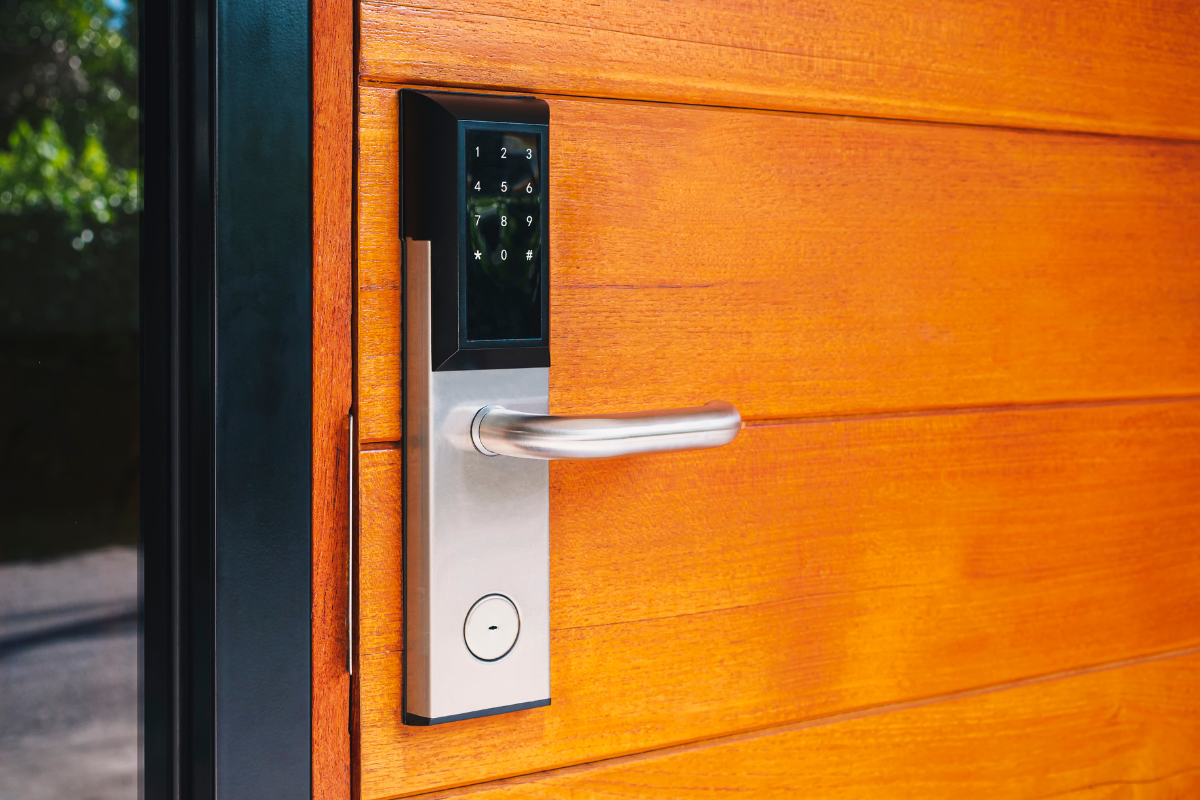
Entertainment and Convenience
11. Smart Doorbells: Arlo Video Doorbell
Smart doorbells usher in the future of front door fashion, combining safety and convenience. Have you ever wondered who is at the door while you are in the backyard or not at home? A smart doorbell, such as the Arlo Video Doorbell, has you covered. It's like having a peephole that works whether you're at home, work, or on the beach.
Here's the fun part: when someone pushes your doorbell or just goes up to your door, you get a video alert on your smartphone. You may view and communicate with your guest via live video and audio streams. Missed a delivery? Simply instruct the courier where to put your delivery using the doorbell's speaker.
Installing one of them is game-changing. It's not only about capturing those nasty porch pirates; it's also about adding security features like motion detection and night vision. Plus, it appears much more sophisticated than your typical ding-dong doorbell.
Whether you're screening visitors or checking in on your front porch, a smart doorbell allows you to do so from anywhere, using your smartphone. So ring in the changes and modernize your doorbell!

12. Smart Projectors: Samsung The Freestyle
Upgrade your home entertainment with a smart projector that transforms any area into a personal theater. With the Samsung The Freestyle, you may avoid the packed cinema and instead enjoy a comfortable sofa session. This little device is a powerhouse, bringing movies, games, and even your favorite binge-worthy series to life on any wall or ceiling in your home.
What makes it so cool? It is movable, allowing you to move it from room to room or take it outdoors for a movie night beneath the stars. Setup is simple—just position it where you want it, and it will automatically adjust the image to suit properly. No more tinkering with the settings! And with vivid, bright graphics and music that fills the room, you're not just watching; you're fully involved.
However, it is not only about movies and games. This smart projector connects to your gadgets via Bluetooth or WiFi, allowing you to broadcast just about anything. Plus, it also listens to voice commands, allowing you to play, stop, or switch things up without moving a finger.
Whether you're holding a party, relaxing, or making a fantastic presentation, a smart projector like The Freestyle provides an unrivaled wow factor. So grab your popcorn; it's showtime—anytime, anyplace!
Conclusion:
So there you have it, a glimpse into the future with some of the best smart gadgets you can install in your house. From keeping your meals and laundry organized to safeguarding your front porch and everything in between, these devices are about making your home smarter, safer, and more enjoyable.
Whether you're a tech whiz or just getting started, it's all about making life a bit simpler and more convenient. So, why not give your house the smart makeover it deserves and take a step toward the future today? Happy tech-ing!

